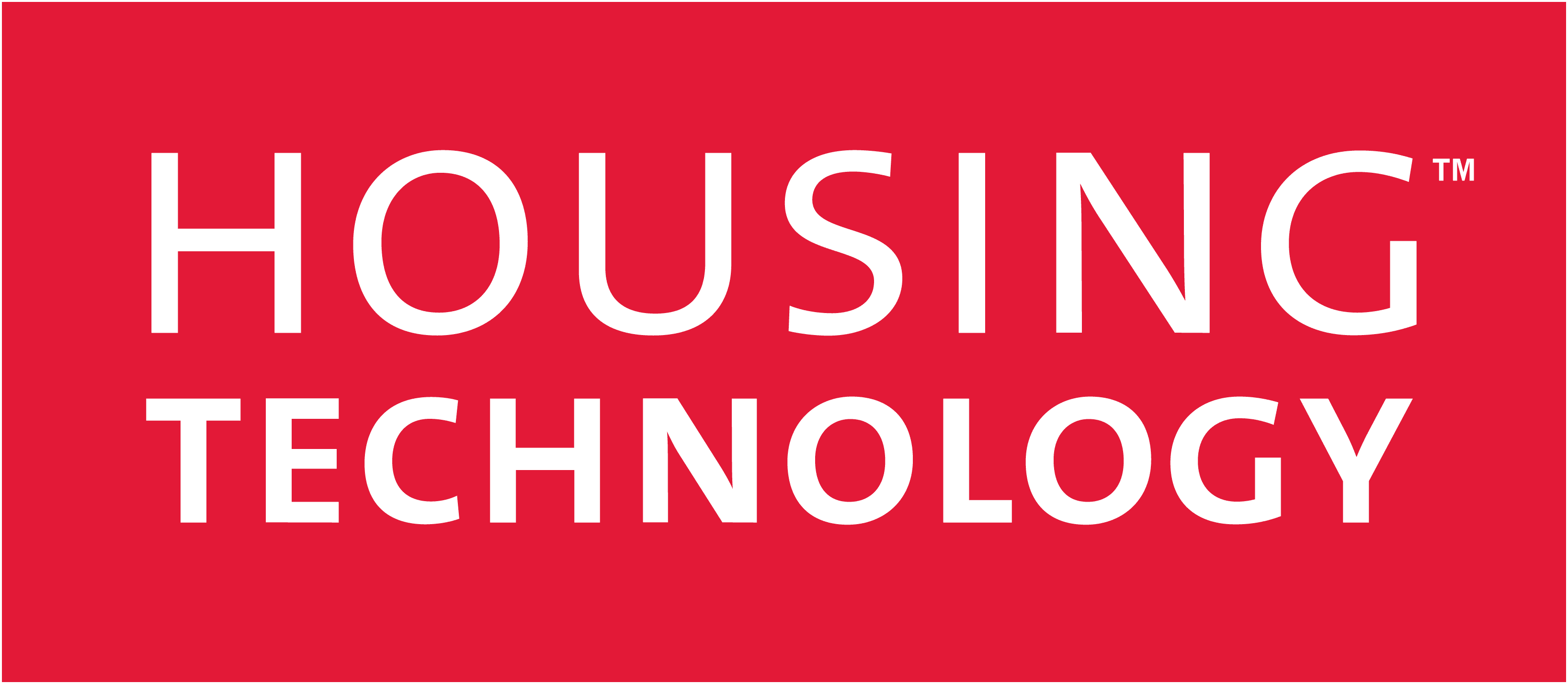The government’s double whammies of universal credit and pay to stay can be thought of as two sides of the same coin in terms of their impacts on housing providers’ operations and financial performance. We recognise that universal credit and pay to stay are obviously distinct areas, but there are similarities in terms of outside influences and over-lapping timescales.
As is now widely accepted, the most immediate impact of universal credit will be an increase in arrears for almost every housing provider, with a knock-on effect on cashflows, budgets and banking covenants. That’s on top of the extra administrative resources likely to be needed by housing providers to make sure that, first, as many tenants as possible can handle their monthly budgeting themselves and, second, deal with and account for rental payments that could arrive on any day of the month once universal credit has been introduced.
While pay to stay is unlikely to affect housing providers’ arrears, it is very likely to impose a huge administrative burden on them without much financial gain in return.
So, with universal credit and pay to stay both likely to have little net benefit to housing providers’ financial performance, what’s the best course of action? As ever, technology can help.
The most important thing for housing providers to do is to use technology such that they can scale up boring and repetitive administrative tasks without a corresponding increase in costs. As a simplistic example, the solution to dealing with, say, a five-fold increase in arrears isn’t to hire five times as many people to chase those arrears. There is a plethora of software available that can help you automate the resolution of the majority of arrears cases, leaving just the most complex or intractable cases for human interventions and manual processing.


